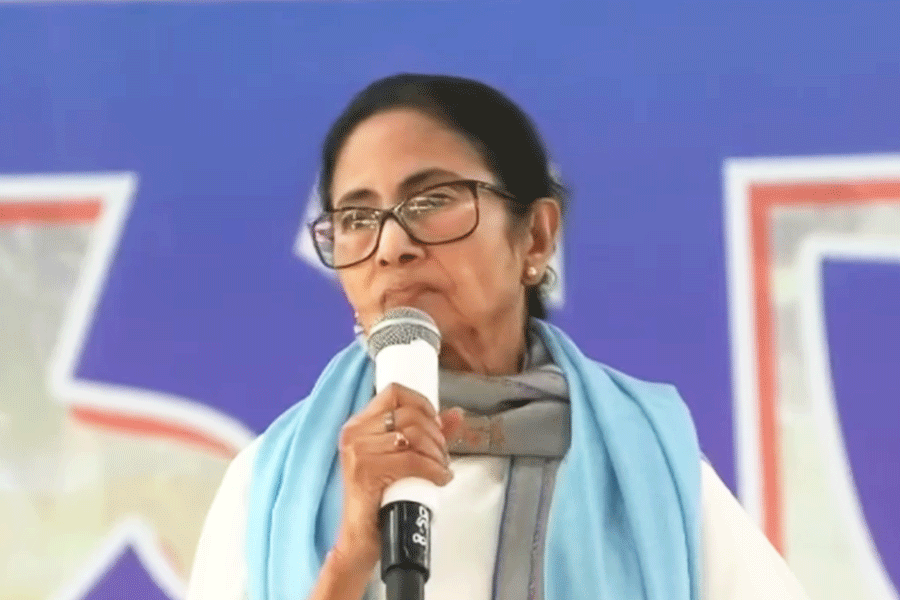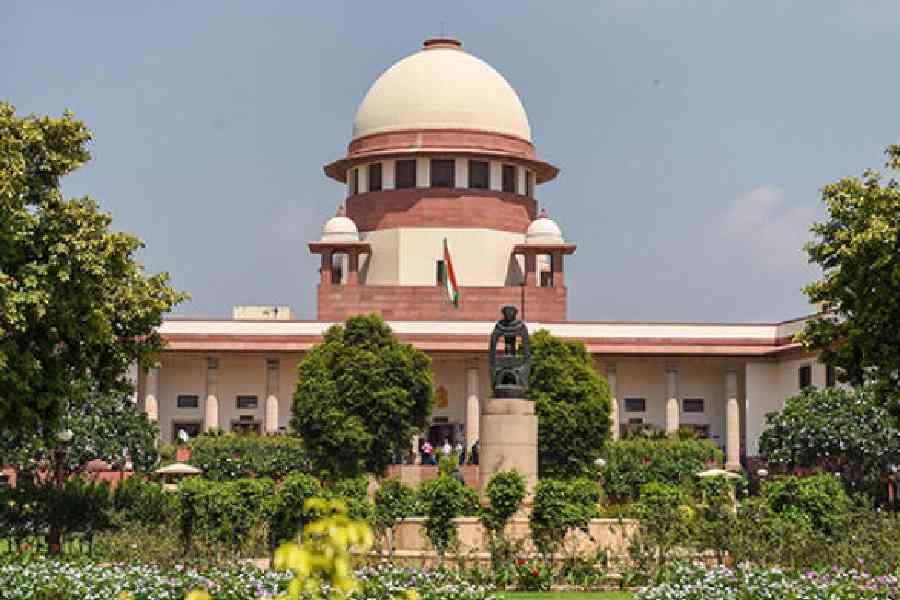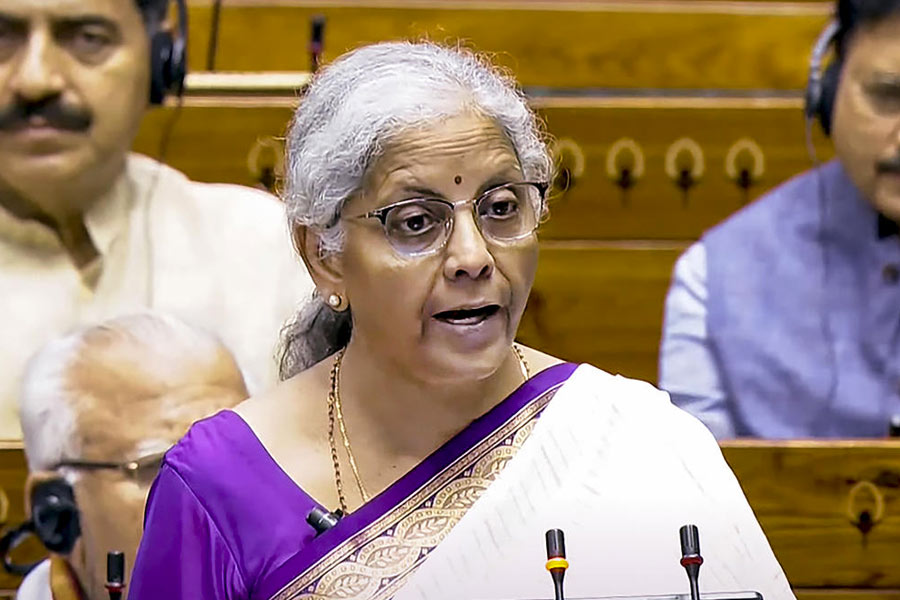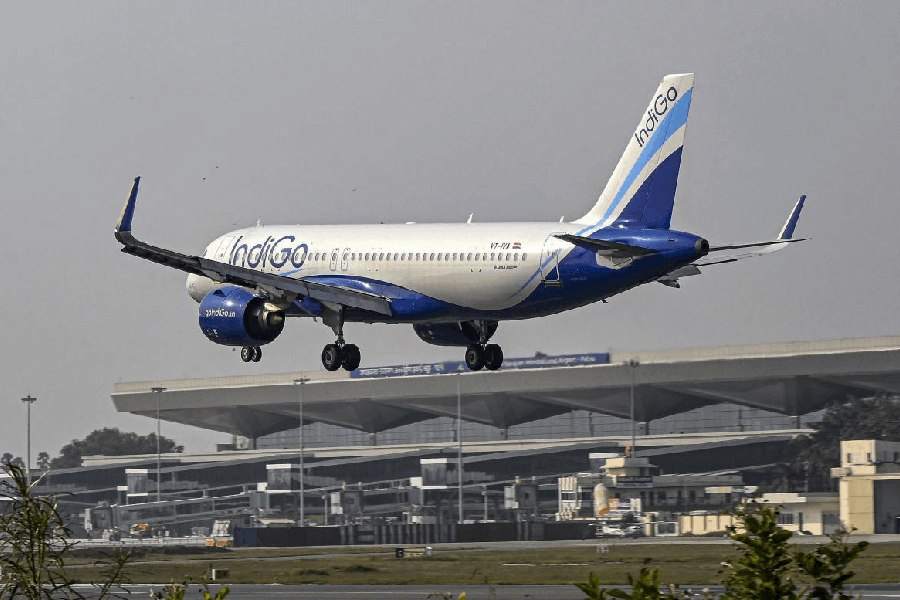 |
 |
 |
| (From top) The Indian government issued a first-day cover and a stamp on the birth centenary of Stephen Smith in 1992, recognising his contribution to airmail; Smith’s autographed photograph |
Does anyone remember Stephen Smith of Shillong? Or the Oriental Firework Company of Calcutta? It is now a commonplace that the rise of science fiction in both America and Europe coincided with the rise of rocket science, both amateur and professional. On both sides of the Atlantic, groups of enthusiasts would send up rockets carrying small payloads of commemorative matter, usually in the form of postcards or stamped covers. The Austrian engineer Friedrich Schmiedl was probably the first to send up rocket or missile mail, in the form of a V-7 rocket which carried 102 cards and letters over the Austrian Alps on February 2, 1931. Five years later, America joined the club, with Willy Ley and his team sending up the rocket Gloria with 6,149 letters carrying special rocket stamps.
Beginning of the space race? Quite possibly, but there was another competitor who also ran. Stephen Hector Taylor-Smith, to give him his full name, was educated at St Patrick’s school in Asansol and was variously a customs official, a policeman and a dentist. But he was also secretary of the Indian Airmail Society, and became the first person to successfully transport food, medicine and livestock via rockets. His first launch was on September 30, 1934 and he was to make almost 300 more over the following decade.
Smith’s first launch was with a rocket supplied by the Oriental Firework Co. of Calcutta, which exploded in mid-air scattering its payload of 143 letters. All but three of them were recovered and taken to the Saugor lighthouse to be postmarked. The following year, he fired a missile called David Ezra across the Damodar, with a payload of 189 letters and a rooster and a hen called Adam and Eve. This time, both letters and poultry emerged unscathed. A later effort successfully carried a snake called Miss Creepy. In another instance, he was able to send relief by rocket to earthquake-stricken Quetta.
But Smith’s finest hour came when he carried out a number of flights commissioned by the Chogyal of Sikkim which was then a British protectorate. These were the so-called Silver Jubilee flights (1935 was the year of King George V’s jubilee), the first of which took off from near the Gangtok post office. Other flights were launched from the Tashi Namgyal field and across the rivers Singtam and Rungpo, carrying a variety of cargo. Memorabilia from these flights keep turning up on eBay and other websites.
For more on this remarkable man and the first-day covers he designed, see www.philatel2.com/ jubilee/id313.htm.










